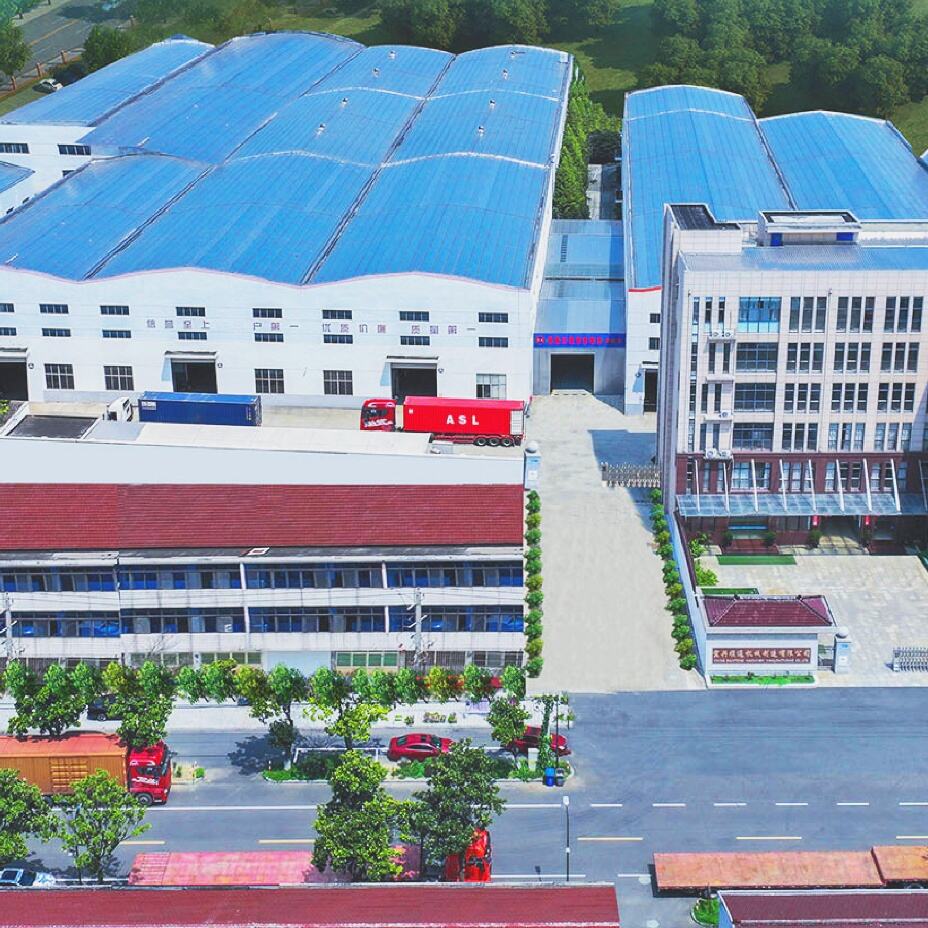Application Prospects of Multifunction Winder for Single Bundles and Straight Bundles
The multifunction winder for single bundles and straight bundles holds significant potential in traditional wire and cable manufacturing, a sector where efficiency and flexibility directly impact production costs. Traditional workflows often require separate winders for single bundles (e.g., twisted household wires) and straight bundles (e.g., non-twisted industrial cables), leading to equipment redundancy, larger workshop space occupation, and time-consuming switching between production tasks. This all-in-one machine eliminates these pain points by supporting quick mode switching—without replacing core components—cutting equipment investment by 40% or more for manufacturers. It is particularly well-suited for medium-batch production of common wires, such as power cables for construction and connecting wires for home appliances, making it a cost-effective upgrade for factories aiming to streamline workflows.
In high-precision electronics and new energy supporting industries, the machine’s application value further stands out. The booming consumer electronics sector (e.g., smartphones, laptops) demands ultra-thin single-bundle wires with consistent winding tightness to avoid signal interference, while new energy fields (e.g., EV battery cables, photovoltaic module wires) rely on straight-bundle wires with uniform length to ensure stable power transmission. Unlike single-function winders that struggle with precision control across different bundle types, this multifunction device integrates adjustable tension systems and length-calibration technology, ensuring error rates below 0.5% for both single and straight bundles. This precision meets the strict quality standards of high-tech industries, positioning the machine as a key supporting equipment for manufacturers in these fast-growing markets.
Globally, the machine also caters to the flexible production needs of small and medium-sized enterprises (SMEs) and regional manufacturing clusters. In emerging manufacturing hubs—such as Southeast Asia’s electronics assembly zones and China’s third-tier wire-processing clusters—many SMEs face constraints like limited capital, small workshop spaces, and diverse order requirements (switching between single and straight bundles weekly or even daily). This winder’s compact design (occupying 30% less space than two separate machines) and low maintenance costs align with SMEs’ operational needs. Additionally, its compliance with international standards (e.g., CE, RoHS) helps regional manufacturers meet export requirements, enabling them to tap into global supply chains for electronics, automotive parts, and renewable energy products.











